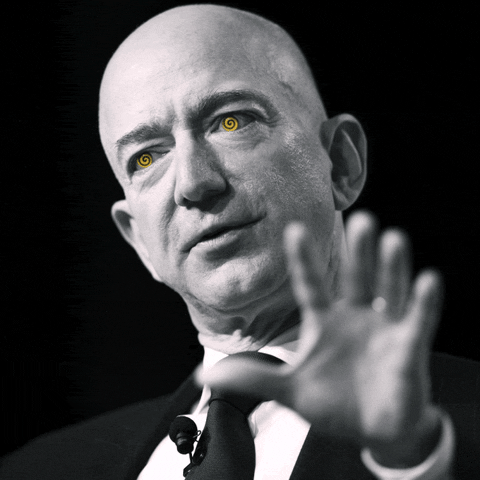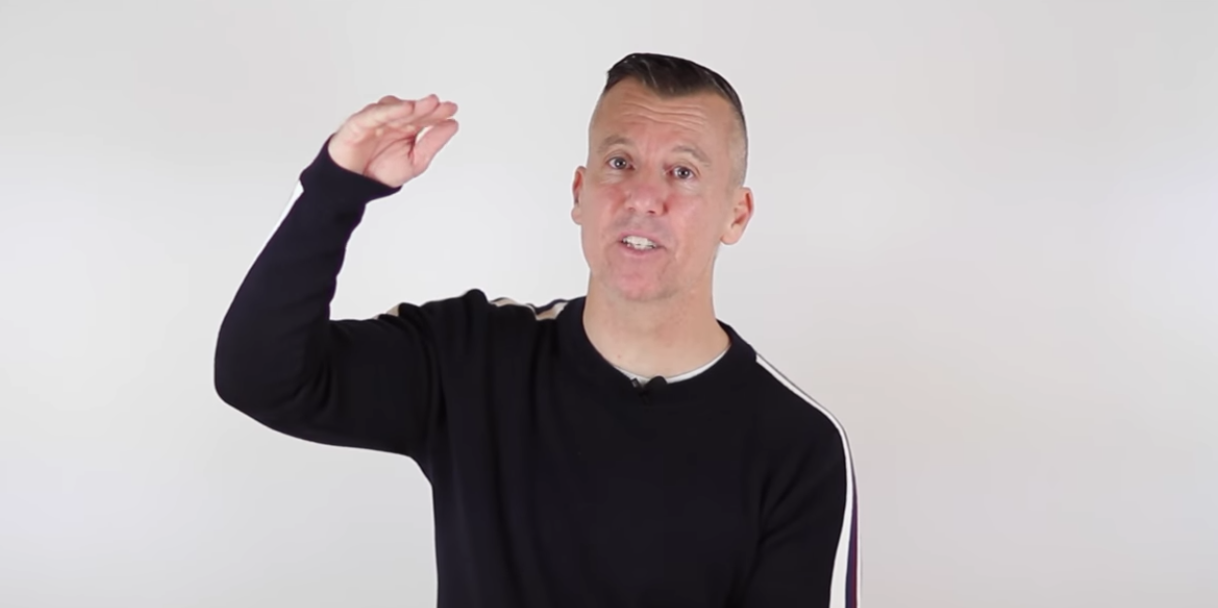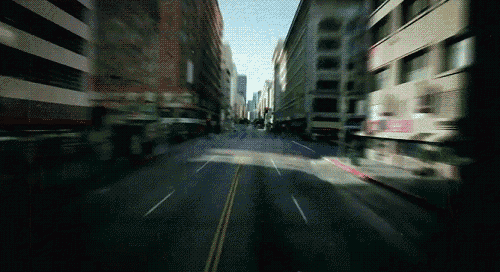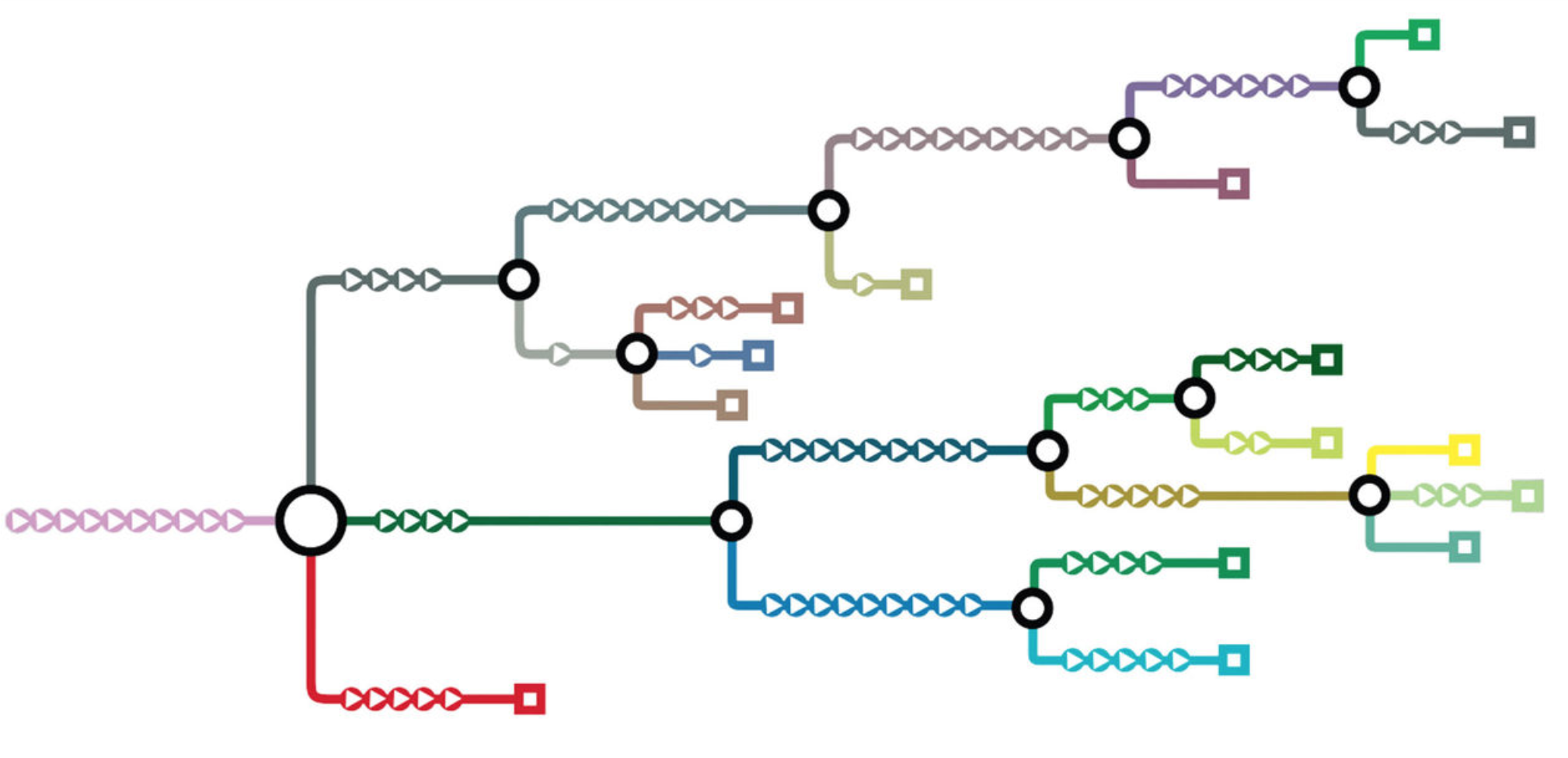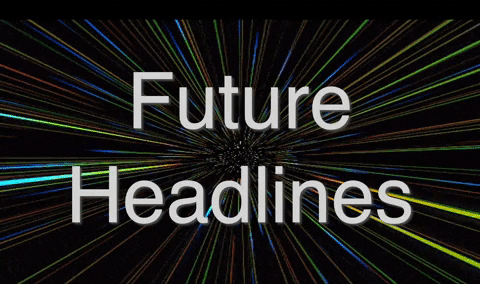
For your reading pleasure, I’ve included 10 headlines from the Future. While they seem unrealistic, they are all based on current and historical exponential improvements in these technologies. Every single one is a predicted reality – by scientists who work in these fields. Under each I’ve put a link or a little description for context as to why these headlines aren’t mere science fiction. Enjoy.
‘Robot performs first cancer surgery unaided by Doctors’ – 2027
Minimally assisted surgery is already here. It’s a relatively small step from here, not a leap, this timeline is possibly too long.
‘First synthetic human born’ – 2028
Artificial sperm and eggs have already been created to give birth to rats. Doctors say that synthetic babies are just a few years away, without the need for cloning. In addition 3D printed male sperm cells were recently created.
‘NanoTech foglets make food out of thin air! ‘ – 2045
I’ll start by saying foglets are tiny robots which can reorganise molecules. If robotics get small enough, and materials smart enough, we’ll be able to create everything from nothing. This is a great summary of how far we’ve come and why it seems inevitable to reorganise atoms eventually.
‘First human connects to internet via neural lace’ – 2037
Connecting a human to the internet, with information transactions occurring by thought has already been done. Now it’s simply a game of improving connectivity, computation, inference and resolution.
‘Brad Pitt’s new movie – 100% AI version of him’ – 2032
This is also probably an understatement – a good chance this will happen sooner. I don’t even have to provide a link of how good deep fakes have gotten. The way Tom Cruise is looking at 59, I’m not even sure that’s him! But we can be sure of this, they’ll be very few new movie stars, maybe we’ve minted our final batch, because big movie studios love nothing more than saving money by extending franchises, I’m sure they’d recycle actors too if they could!
*Bonus: Get 2 people to join my email list (this link) and get a 15 minute one on one mentoring session with me. Just reply email to this to tell me who joined thanks to you. I’ll change your life. Promise.
’60 year old gets 18 year old lung back with lab grown lung transplant’ – 2029
Just this week an ear which was 3D printed with bio ink was transplanted onto a human using their own cells to form it. The path from here is actually quite proximal and linear.
‘First ever full human brain simulated in cloud’ – 2028
Side note: we are by stealth, right now storing our lives, memories, plans, ideas, relationships, knowledge and work in the cloud…. But at a deeper level work is being done to upload entire humans minds.
‘World eats more meat grown in labs than farms’ – 2040
For starters, this process is already possible. The world’s first lab burger cost a cool $330,000. Since that time the cost of production of ‘lab meat’ has declined significantly. Today it costs around $6000 for a quarter-pound of beef and by 2024, it is estimated that the cost of a meat patty could be as low as $5 – not far off an acceptable cost for a gourmet patty these days. It’s important to note, that lab meat is the exact same molecular structure. You will not be able to know, see or taste the difference. While this might sound crazy, 50 years from now killing an animal to eat it, will be regarded as worse than slavery.
‘Renewable energy greater than 50% of global usage’ – 2029
It’s already above this is many countries. Australia, a renewable laggard already has 29% of all electricity and 24% of all energy usage from renewable sources. Pure economic forces will drive this. Free energy is a very enticing price.
The net out take should be this: It is easy to forget how many technological advances we take for granted today: a light switch, a car, air travel, air conditioning, TV, satellites. This is before we get radical and consider things like AI, 3D printing and crispr. Even the internet and a smart phone were literal science fiction when I grew up, and yet, here we are.
If you want to navigate the future, it pays to remember, that something is impossible, right until the moment it happens. Believing in ‘fantasy‘, isn’t just fun, it gives us a chance to participate in its creation.
– – –
Keep Thinking,
Steve.
